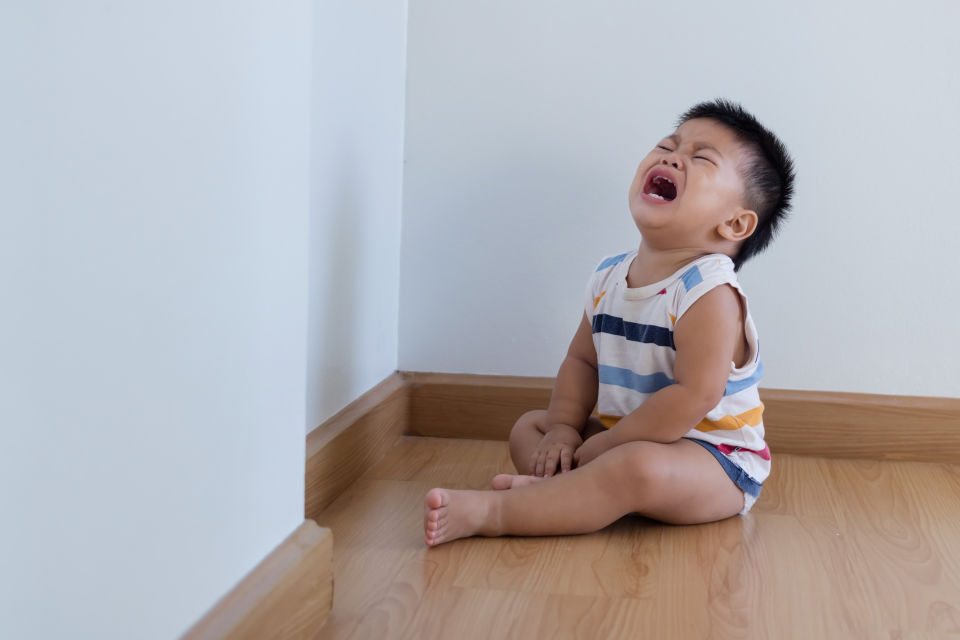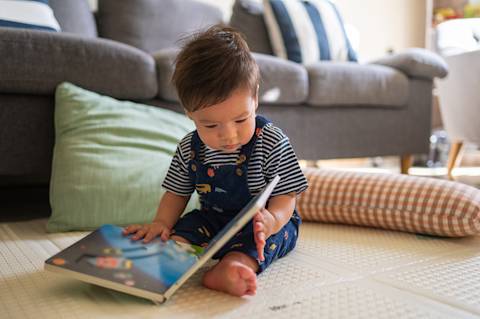As a parent, you’ll often hear children’s behavior described as “meltdowns” or “tantrums.” But what do those terms mean? Should you respond to each of these behaviors the same way?

Starting as babies, children can experience big emotions and big reactions . Oftentimes, the terms “meltdown” and “tantrum” are used interchangeably when a child is expressing negative behavior (yelling, hitting, crying, refusing, etc.). But these terms are not the same because they differ in what the child is trying to say. This affects how you can best respond to the behavior to effectively help your child.
What it looks like:
A meltdown occurs when a child is stressed or overwhelmed. The stress can come from what is happening at the time, from what the child is feeling (overly tired, etc.), or from what is being asked of the child.
The child’s behavior is not because he or she wants something.
Meltdown behavior (crying, screaming, etc.) will continue even when the child is not getting attention for the behavior.
The child may often be unknowingly unsafe during a meltdown.
What to do:
Safety must always be first priority – make sure the child is in a physically safe place. During a meltdown, the child may need help gaining control in order to stop the behavior. Sometimes, this may involve a parent or adult getting at the child’s level and talking him through strategies to calm his body down. For example, counting to five, taking deep breaths, and being held may be ways to calm him. This may take time, so allow for that. Give the child the space and time he may need to recover physically and emotionally.

What it looks like:
The child’s reaction is happening because he wants something and/or is denied something desired.
The child is wanting and/or looking for others to react and respond to his behavior.
The child’s behavior is typically safe and distractible. Or, if it is unsafe, the child is deliberately choosing to be unsafe as a way to get an adult’s reaction.
What to do:
When a child is having a tantrum, ensuring the child’s safety must first be addressed. Once the child is safe, then it’s okay to ignore the behavior and try to distract the child with another activity. Stay consistent – if you gave a consequence or said “no” to something the child wanted, don’t give in and do what the child wants. Eventually, with your patience and persistence, the child will move on from the behavior.
Check out this Sesame Street video on handling tantrums
Parent Tip: If you notice your child having meltdowns frequently, try to determine what is overwhelming your child: maybe it’s a specific circumstance, or the number of things asked of her. Understanding this can help you assist your child by adjusting whatever it is that may be triggering the behaviors.






